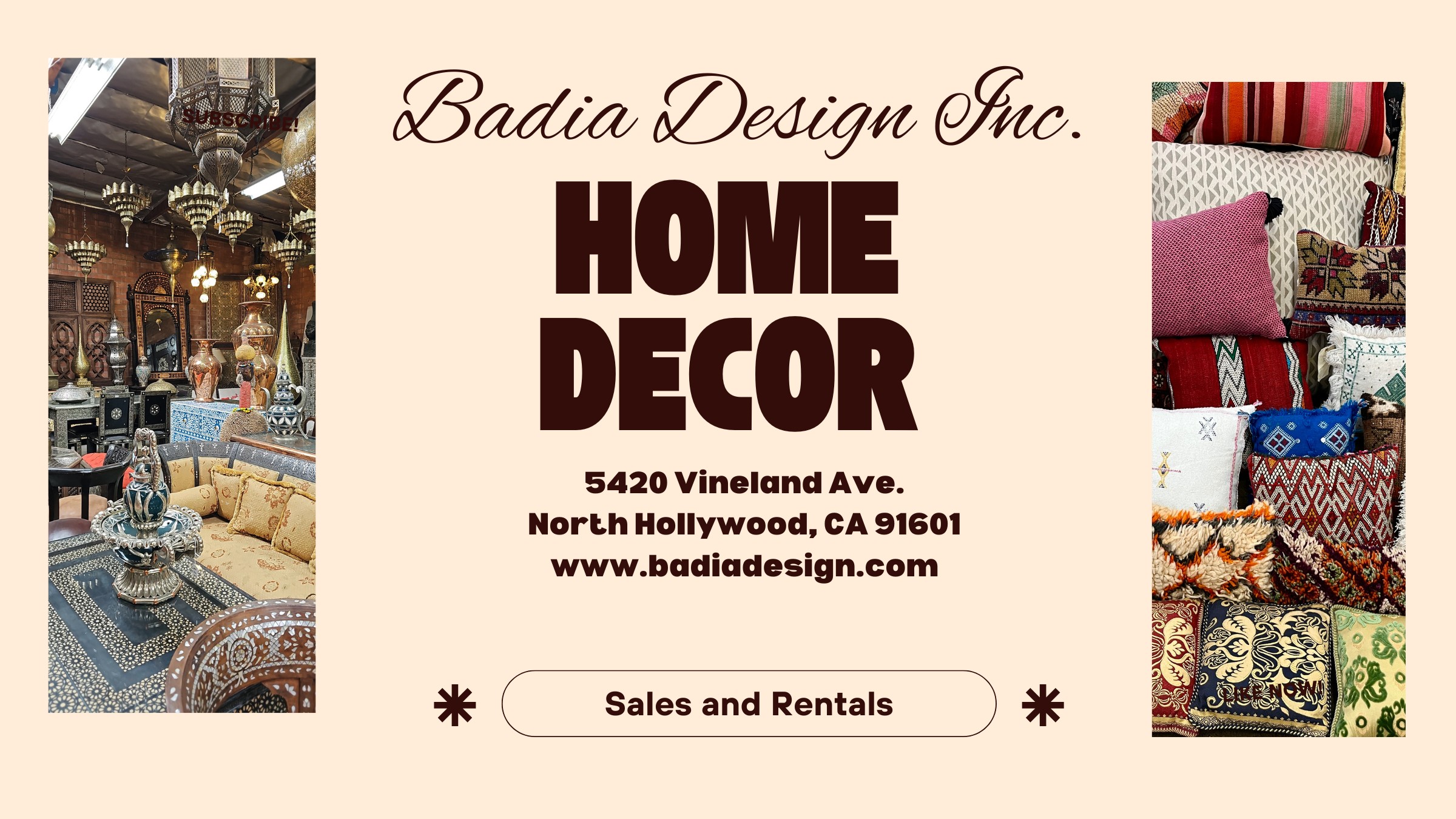Handmade Moroccan Berber Rugs
Handmade Moroccan Berber Rugs
Blog Article
Moroccan Berber Rugs: A Fusion of History, Artistry, and Timeless Elegance
Moroccan Berber Rugs have captivated residents and businesses worldwide with their rich history, exquisite craftsmanship, and unmatched versatility. Whether you are furnishing a cozy living room, a chic office space, or a upscale resort, these rugs serve as more than just functional items—they are pieces of art with a story to tell. In this article, we’ll explore the rich origins of Moroccan Berber rugs, the detailed artistry involved in their production, their exceptional longevity, and practical tips for styling them in modern spaces.
These rugs originated with the ancient Berber people of North Africa, dating back centuries. These indigenous groups, with their deeply rooted traditions, developed rug-weaving techniques as a practical response of their migratory way of life and diverse climates.
Each Berber rug tells a story, often expressed through patterns and designs unique to the tribe or family that created it. These symbols frequently represent themes of safety, growth, or nature, making each rug a highly meaningful creation. Originally, these rugs were crafted for utilitarian purposes, such as providing warmth during harsh winters in the Atlas Mountains or acting as soft get more info bedding in arid desert regions.
During the 20th century, these rugs were popularized by architects such as Le Corbusier and Frank Lloyd Wright, who used them in renowned works. Today, their enduring charm and deep heritage make them a favorite choice for decorators and collectors alike.
The production of Moroccan Berber rugs is an elaborate art form handed down through generations. It represents a perfect blend of cultural heritage and artistic skill.
These rugs are made from materials like wool, camel hair, and cotton, valued for their durability and comfort. Wool stands out for being both durable and cozy, as well as for its thermal qualities. Artisans often hand-spin the wool, giving each rug a unique look and feel.
Berber rugs are handwoven on traditional looms, a process that can take weeks or even months depending on the size and complexity of the design. The knotting style, from Beni Ourain’s casual elegance to Azilal’s tighter weaves, dictates its overall quality and appeal.
Natural dyes derived from plants, minerals, and insects are used to create the vibrant colors found in many Berber rugs. Earthy tones such as beige, cream, and brown are common in Beni Ourain rugs, while Azilal and Boucherouite rugs showcase bolder colors like reds, blues, and yellows.
The longevity of these rugs is one of their biggest strengths. As a result, they’re an excellent fit for homes and work environments.
The use of premium materials ensures that Berber rugs hold up over years of use. Wool’s natural flexibility and resistance to stains make it a ideal choice for lasting rugs.
Taking care of these rugs is straightforward. Regular vacuuming, spot cleaning with mild detergent, and occasional professional cleaning will keep them looking pristine for years.
Styling Moroccan Berber Rugs in Contemporary Interiors
Incorporating Moroccan Berber rugs into contemporary interiors is easier than you might think. Their versatile designs and textures can complement a wide range of styles, from minimalist to bohemian.
1. Create a Focal Point in the Living Room
Use a large Beni Ourain rug as the centerpiece of your living room. Its neutral colors and simple geometric patterns can tie together various design elements while adding a sense of warmth and comfort.
2. Add Color to Neutral Spaces
If your space leans toward a monochromatic or minimalist aesthetic, a vibrant Azilal or Boucherouite rug can introduce a pop of color and visual interest. These rugs work particularly well in neutral-toned rooms, where they serve as a focal point.
3. Combine Rugs for Depth and Style
For a cozy, eclectic vibe, layer a smaller Berber rug over a larger natural-fiber rug, such as jute or sisal. This pairing enhances texture and emphasizes the unique patterns of the Berber rug.
4. Enhance Workspace Aesthetics
Businesses can use Moroccan Berber rugs to create an inviting and sophisticated ambiance in office spaces, lounges, or reception areas. Their handmade quality conveys a sense of luxury and authenticity.
5. Display Moroccan Berber Rugs as Decorative Art
Some Moroccan Berber rugs are so visually stunning that they deserve to be displayed as art. Displaying a Berber rug on a wall highlights its intricate design and cultural significance.
Reasons to Invest in Moroccan Berber Rugs
Moroccan Berber rugs combine functionality, beauty, and cultural depth, making them a valuable choice for homes and businesses alike. These rugs are built to last, and their classic designs remain relevant despite evolving decor trends.
Sustainability in Moroccan Berber Rugs
Berber rugs are often made with environmentally responsible and sustainable techniques. By investing in these rugs, you’re not only enhancing your space but also supporting traditional artisans and their communities.
Increasing Value Over Time
Vintage or unique Moroccan Berber rugs tend to grow in worth over the years. They are both functional decor and collectible assets.
 Report this page
Report this page